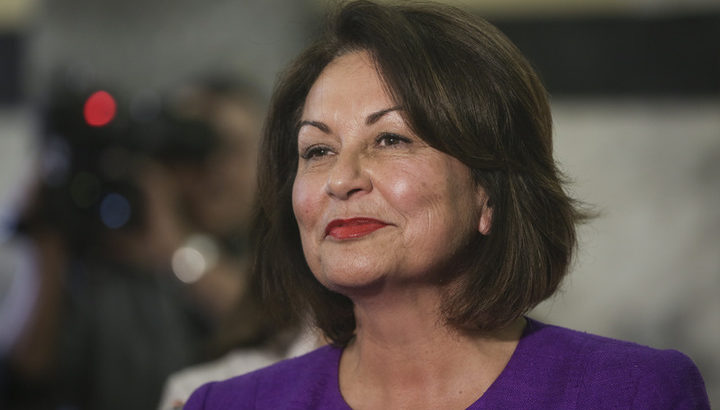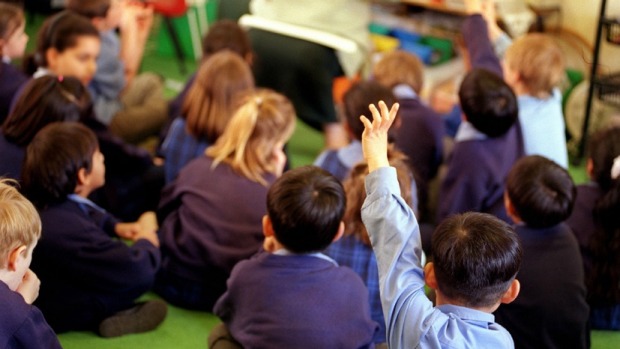Nueva Zelanda/Marzo de 2017/Fuente: RNZ
RESUMEN: La ministra de Educación, Hekia Parata, está en desacuerdo con los sindicatos de maestros sobre cuánto dinero el gobierno gasta en las escuelas. El Instituto Educativo y la Asociación de Maestros de Primaria han acusado a la Sra. Parata de usar «hechos alternativos» en reiteradas declaraciones de que el financiamiento gubernamental para las escuelas ha aumentado un 35 por ciento desde 2008. Los sindicatos dijeron que el análisis del gasto gubernamental real de la firma Infometrics mostró que el gasto directo en las escuelas a través del financiamiento de operaciones, los salarios de los maestros y el gasto de capital aumentó alrededor de 25 por ciento desde $ 4,62 mil millones en 2008 a $ 5,45 mil millones en el año calendario 2015. Dijeron que una vez que se tomó en cuenta el crecimiento de la inflación y el balanceo, el aumento por estudiante fue sólo de 2.3 por ciento. La oficina de la Sra. Parata proporcionó a RNZ cifras para un período más largo y basado en años financieros en vez de años civiles – de 2007-2008 a 2016-2017.
Education Minister Hekia Parata is at odds with teacher unions over how much money the government is spending on schools.
The Educational Institute and the Post Primary Teachers Association have accused Ms Parata of using «alternative facts» in repeated statements that government funding for schools has increased 35 percent since 2008.
The unions said analysis of actual government spending by the firm Infometrics showed direct spending on schools through operations funding, teacher salaries and capital expenditure had increased about 25 percent from $4.62 billion in 2008 to $5.45 bn in the 2015 calendar year.
They said once inflation and roll growth were taken into account, the increase on a per student basis was just 2.3 percent.
Ms Parata’s office provided RNZ with figures for a longer period and based on financial years rather than calendar years – from 2007-2008 to 2016-2017.
That information showed a 35 percent increase in spending on education, only if early childhood education was included.
Spending on schools increased 32 percent in that period.
The spending increase fell further to just 23 percent if the start date for measurement was moved to a different point in 2008 – the 2008-2009 financial year.
The president of the Educational Institute, Paul Goulter, said the minister’s figures made it sound like schools should be well-off, but they were not.
«Every school across the country is under-going a significant funding squeeze,» he said.
Ms Parata said 35 percent was correct.
«It’s not a question of the union’s figures versus the Minister of Education’s figures. There’s only one set of data, they are the government’s accounts,» she said.
Ms Parata said New Zealand spent a higher percentage of public funding on education than any other OECD country and funding had increased at a higher rate than inflation.
Fuente: http://www.radionz.co.nz/news/national/326159/minister,-unions-dispute-size-of-education-spending-increase











 Users Today : 88
Users Today : 88 Total Users : 35459994
Total Users : 35459994 Views Today : 124
Views Today : 124 Total views : 3418589
Total views : 3418589